How to Store Limes?
Here’s all about lime storage. Learn how to choose limes in the grocery store, whether you should refrigerate them, and what other ways of storing them are there.
Bought a bunch of limes and wondering what’s the best way to store them so they stay fresh for longer? How do you store limes?
Fresh limes keep for about a week on the counter and up to a month in the refrigerator. If you want them to retain quality for as long as possible, place them in a freezer bag.
That’s the short version if you’re in a hurry.
Here’s what we discuss below:
- choosing limes in the grocery store or supermarket
- storing whole limes
- choosing between refrigeration and room temperature
- dealing with cut limes
Interested? Read on.
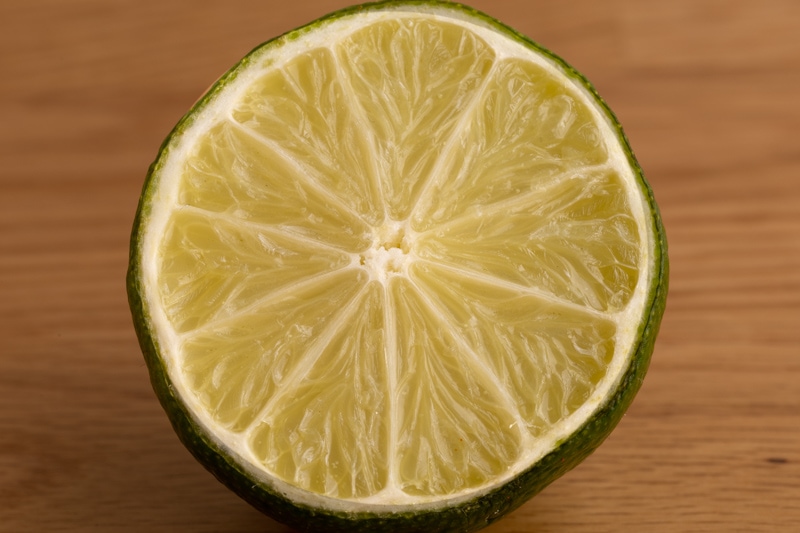
How to Choose Limes?
Choose limes that are green, quite firm to the touch (some give is okay), feel heavy for their size, and don’t have any soft spots or bruised areas. If you plan on zesting them, choose ones without any blemishes or discolorations.
The overall appearance of the lime, meaning perfect color and lack of any visual flaws, isn’t that important if you only want to juice it. Even if the rind looks rough on the outside, as long as the fruit is pretty firm, feels heavy, and doesn’t have soft spots, it will be pretty juicy.
That should be a relief because hardly any lime looks as good as those you see in the stock photos or on the Internet.
(A typical lime gives only about two tablespoons of juice, in case you didn’t know.)
In other words, you only need a perfect rind if you’re looking to zest the lime. Unless, of course, you’re okay with zesting a whole bunch to get one lime’s worth of zest.
With that in mind, let’s talk about storing whole limes.
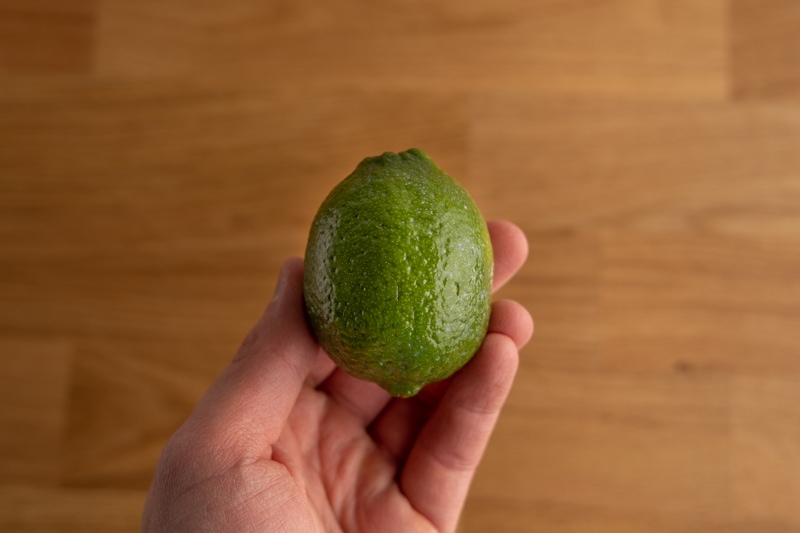
How to Store Whole Limes?
The best way to store whole limes is to refrigerate them in a freezer bag or an airtight container. Stored this way, they keep for four weeks or even longer. Without the bag or container, limes should keep for 3 to 4 weeks.
If you leave them on the counter at room temperature, they’ll last only a week.
(For more on the topic, check out my How long do limes last? article.)
If you store your limes in the fridge, place them in the crisper drawer. That’s typically the most humid place in the refrigerator, so keeping them there will help the fruit retain quality for longer.
In addition, limes aren’t particularly sensitive to ethylene gas and don’t mind being stored with other fruit, so keeping them there shouldn’t be an issue.
To get the longest possible storage time, place your limes in a freezer bag or airtight container, and seal it tight. If you do so, it doesn’t matter if the fruit sits in the veggie drawer or not, as it doesn’t need the environment to be humid. The bag or container takes care of maintaining humidity.
(The same practice works for lemons and grapefruits. Check out my How to store lemons? or How to store grapefruits? articles, if you’re interested.)
If you leave limes at room temperature, keep them in a cool and well-ventilated place, away from direct sunlight. They’ll retain quality for longer than if they sat on a sunlit counter.
Alternative Storage Options
When you’re using limes for cooking, in many cases, you only need the juice, the zest, or both. But you often don’t need to have the whole fruit on hand.
Because of that, there’s an alternative storage option worth considering. Assuming that you don’t need lime slices or wedges to decorate a drink or top your key lime pie, of course.
That option is to juice and zest the lime and store that lime juice and lime zest instead.
Of course, both lime zest and homemade lime juice don’t last that long, but they both freeze well. And that allows you to store them for months on end and have them ready whenever needed.
Related: Can you freeze limes?
So if you’ve bought too many limes or have some unexpected leftovers, consider extracting the juice, getting the zest, and freezing them. This way, nothing ends up in the trash, and you get a lot of time to figure out how to use them.
If you’re interested in learning more about freezing lime zest and juice, check out the following articles about lemons, as the same approach works for limes:
Do Limes Need to Be Refrigerated?
Limes don’t require refrigeration, but their storage time is much longer if you keep them in the fridge than if you leave them on the counter. Refrigerated limes easily last for 3 to 4 weeks, while they only keep for a week or so if they sit at room temperature.
In other words, it’s okay to leave yours out, as long as you’re going to use them within a few days. If you don’t have any plans in place, it’s better to stick them in the fridge.
Last, once you cut the lime open, you have to refrigerate it.
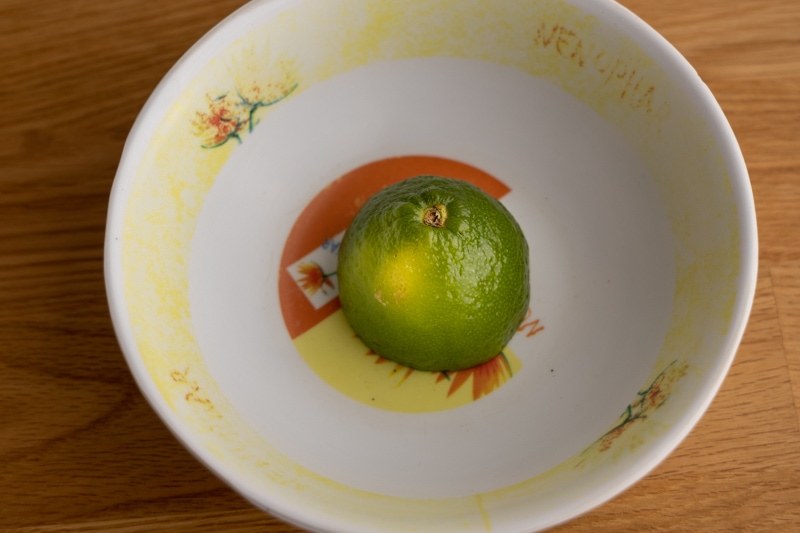
How to Store Cut Limes?
Place cut limes in an airtight container or freezer bag and refrigerate them. Stored this way, they’ll keep for 3 to 4 days. If you’re going with a bag, squeeze out the air before sealing it.
If you don’t have a bag or container on hand, you can wrap them using plastic wrap. Just make sure you don’t use aluminum foil, as it reacts with acidic foods such as limes.
If you’ve got a lime half to store, you can also use a silicone food saver. These work well, look neat, and take much less space than a container. If you’re often storing leftovers such as banana halves, lemon halves, halved cucumbers, and more, buying a set of those might be a good idea.
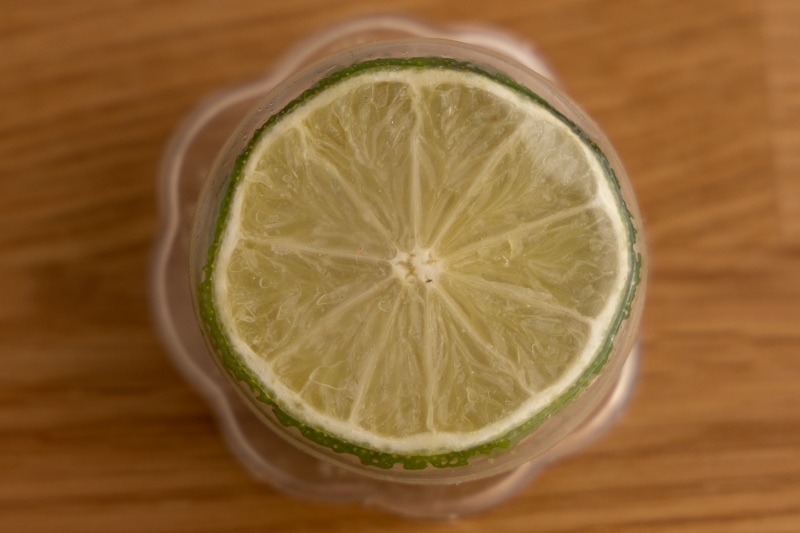
Last, remember that cut limes last only a couple of days before they start to dry out and lose quality. So if you have one on hand and aren’t sure how you’ll use it, it’s probably better to freeze it right away (or freeze the juice or zest or both). Otherwise, you’re likely to find it growing mold in the fridge two weeks from now.
Rotten Records: Share Your Snap!
Caught some food past its prime? Upload your photo to “Rotten Records” and help others spot the signs of spoilage. Every image makes our food community safer and more informed!
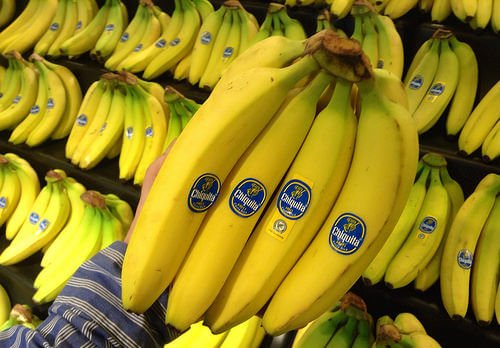
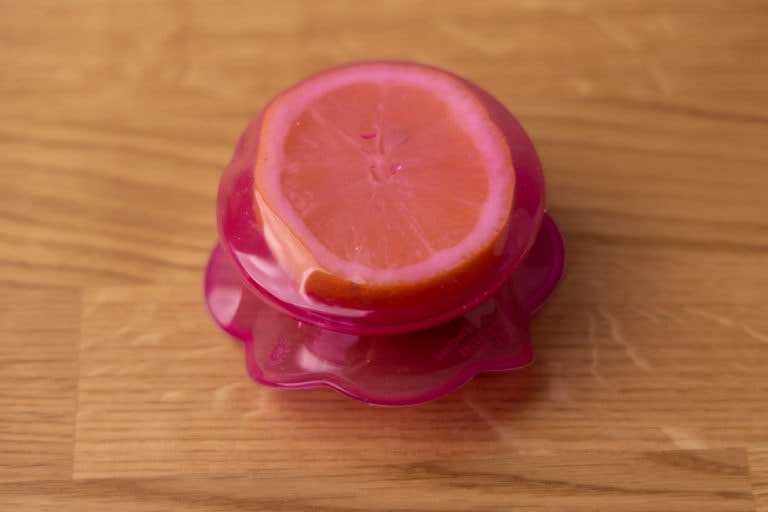
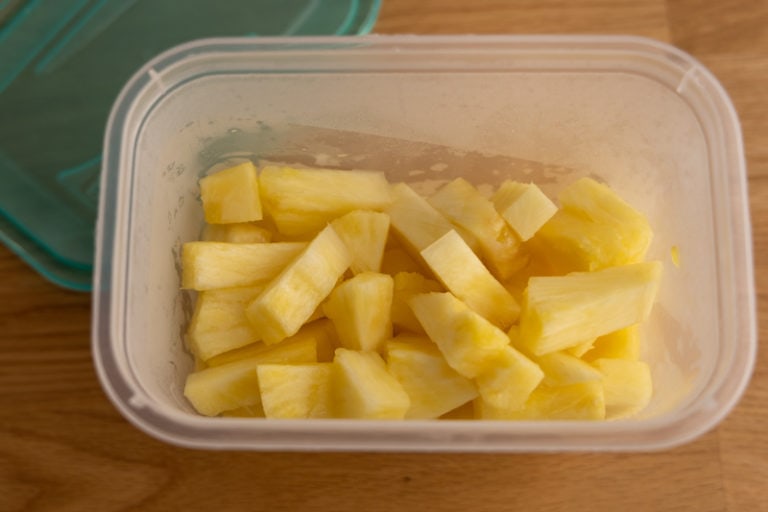

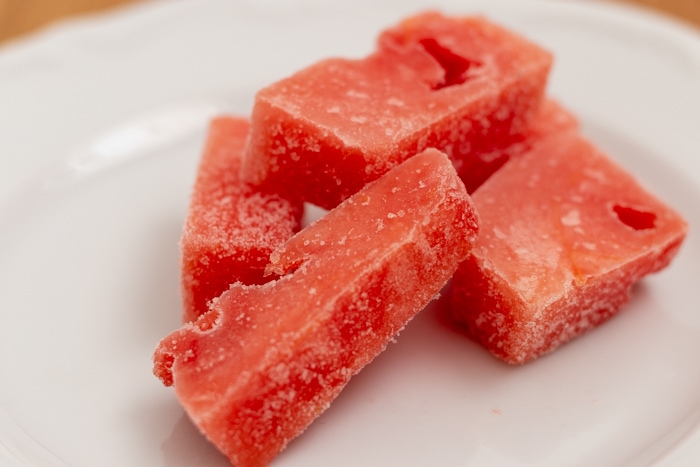
![Can You Freeze Honeydew Melon? [Yes, Here’s How]](https://www.doesitgobad.com/wp-content/uploads/Frozen-honeydew-chunks-768x512.jpg)